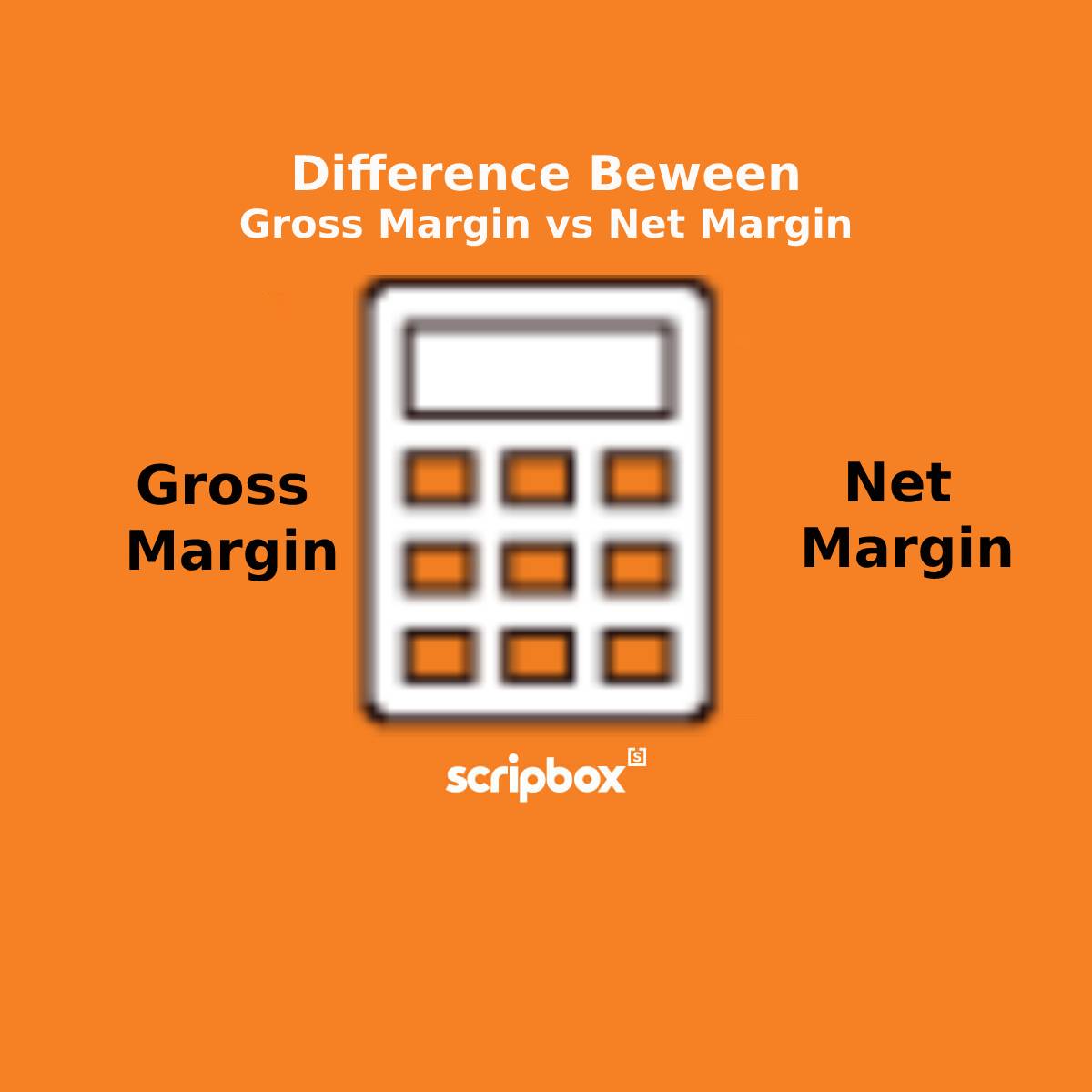What is simple interest?
Simple interest is a method that is used in the calculation of the interest charged on a loan. It is calculated by multiplying the daily interest rate by the principal by the number of days that have elapsed since the last payment was made.
Whenever any payment is made towards a loan carrying simple interest, the adjustment is first made towards the interest amount and the remaining principal.
Simple Interest Formula
Simple Interest = (P x R x T)/100
Here, P is the Principal, R is the rate of interest, T is the duration or time.
Let us understand the concept with the help of an example:
Suppose Amit has taken a loan of Rs. 1,00,000 from a bank for a period of 1 year at an annual interest rate of 10%. Below is how Amit’s loan account would look like at the end of the year:
Loan amount(P) – 1,00,000
Rate of interest per annum(R) – 10%
Time period(T) – 1 year
Calculation – (P x R x T)/100 = (1,00,000*10*1)/100 = 10,000
Accordingly, Amit has to pay Principal + Interest at the end of year 1 = 1,00,000 + 10,000 = 1,10,000.
What are the types of simple interest?
While the formula for calculating the simple interest remains the same, there are two types of it: ordinary and exact. The only difference is the usage of time in both categories.
When we speak of the ordinary simple interest, it uses 360 days as the equivalent number of days in a year whereas, in the case of the exact simple interest, the exact number of days in a year is used, which is 365 or 366 in a leap year.
Let’s understand the above with the help of an example:
Suppose Amit has taken a loan of Rs. 15,000 from a bank on 1st June 2020 for the expansion of his small office and agreed to repay the same on August 10, 2020. The agreed rate of interest (ROI) is 6%. In this case, it will be calculated as below:
Principal amount : Rs. 15,000
ROI : 6%
Number of days from 1st June – 10th August = 29 + 31 + 10 = 70
Converting days into years = 70 days x 1/360 days = 7/36 years
Using the formula = (P x R x T)/100
Interest = 15,000 x 6% x 7/36 = Rs. 175
Therefore, the total interest to be paid by Amit will be Rs. 175.
Considering the same details as above, let us find out how exact simple interest calculation will be calculated:
Principal : Rs. 15,000
Rate : 6%
Time : 70/ 365 years
Interest will be calculated as below:
15,000 x 6% x 70/365 = Rs. 180
How do I calculate simple interest monthly?
Simple interest can be easily calculated with the help of the below formula:
Simple interest = (Principal x Rate x Time)/100
In order to understand the above clearly, let us calculate with the help of the below example:
If you have invested ₹ 5,00,000 in a fixed deposit account for 5 years and FD rates on your deposit is 10%, then the interest earned on deposits as per the SI formula would be as follows:
SI= 5,00,000 x 10 x 5 ÷ 100 = ₹ 2,50,000
Total Amount at the end of 5 years= ₹ 5,00,000 + ₹ 2,50,000 = ₹ 7,50,000.
Thus, you will receive an additional interest of ₹ 2.50 Lakh at the end of the maturity period of 5 years. Further, the maturity amount of the Fixed Deposit will be ₹ 7.50 Lakh.
How do I calculate a simple interest rate?
In order to calculate the simple interest rate, subtract the principal amount from the final amount and the result to be divided by the principal amount and multiplied by 100. Let us understand the same with the help of an example:
Suppose Amit has taken a loan of Rs. 1,00,000 from a bank for a period of 1 year at an annual interest rate of 10%. Below is how Amit’s loan account would look like at the end of the year:
Loan amount(P) – 1,00,000
ROI per annum(R) – 10%
Time period(T) – 1 year
Calculation of simple interest – (P x R x T)/100 = (1,00,000*10*1)/100 = 10,000
Accordingly, Amit has to pay Principal + Interest at the end of year 1 = 1,00,000 + 10,000 = 1,10,000.
Continuing the above, the interest rate would be calculated as below:
Interest rate % = (1,10,000 – 1,00,000)/1,00,000 * 100 = 10%
Is simple or compound interest better?
Compared to compound interest, simple interest is easier to calculate and easier to understand. If you have a temporary loan or one with interest that doesn’t compound, you’ll only have to worry about interest added to the outstanding principal balance. With mortgages and most car loans, for example, simple interest accrues but does not compound.
When it comes to investing, compound interest is better since it allows funds to grow at a faster rate than they would in an account with a simple interest rate. Compound interest comes into play when you’re calculating the annual percentage yield. That’s the annual rate of return or the annual cost of borrowing money.


















Show comments